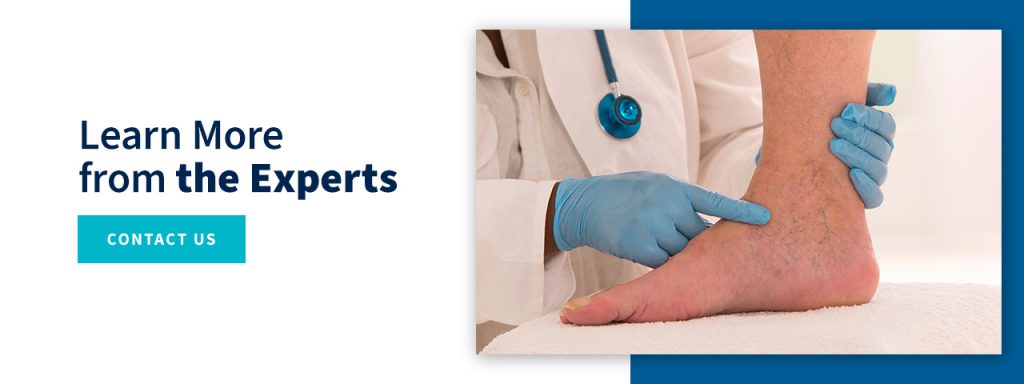
Did you know that 1% of the U.S. population suffers from venous stasis ulcers? This uncomfortable condition often strikes those over age 65, though people with leg conditions can also develop venous ulcers. Early recognition is critical for venous stasis ulcers, as they can become a recurring condition without treatment. Getting the proper care reduces long-term issues.
How can you recognize signs, and is it possible to find pain relief for venous stasis ulcers? Knowing the causes and best options for venous stasis ulcer treatment can decrease the likelihood of long-term complications.
Venous stasis ulcers are open sores that can develop anywhere on the skin, though they most commonly occur on the legs. They happen due to poor circulation. In people with good circulation, a cut or scrape on the leg will heal quickly. For those with poor circulation, the lack of blood flow to the wound prevents it from closing, causing an ulcer that lingers.
Venous stasis ulcer signs and symptoms include:
When the valves in the leg veins become damaged, blood pressure in your legs increases when you walk instead of decreasing, as it is supposed to. You can get sustained venous hypertension in the legs, which can prompt the formation of ulcers when your leg receives what would otherwise be a straightforward cut or scrape.
People with varicose veins are more likely to get venous stasis ulcers because the condition allows blood to pool in the lower leg. Chronic venous insufficiency can also contribute to ulcer growth, leading to leg swelling that puts pressure on the legs.
A diagnosis of venous stasis ulcers involves a thorough examination of the leg, including palpating the arteries and recording skin temperature. The health professional will also consider your medical history and look for evidence of varicose veins. The goal is to help the ulcer heal and prevent others from developing.
Treatment can include cleaning and dressing the wound. You should wear compression socks, but avoid using products your skin is sensitive to and get antibiotics if recommended to fend off an infection.
To prevent ulcers in the future, you can use tactics such as:

We can perform venous stasis ulcer diagnostic tests and get you the treatment you need. Our team can assist you with identifying and preventing venous stasis ulcers, reducing your pain and decreasing edema. Our friendly staff treats everyone like family, and we perform all evaluations in our office without referring you to another center.
If you think you may have a venous stasis ulcer, getting treatment right away is critical. Contact Central Florida Vein & Vascular Center to set up an appointment today.